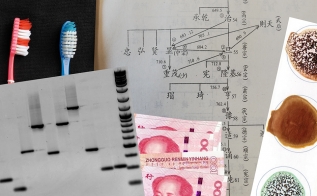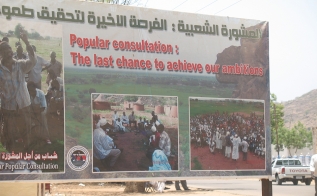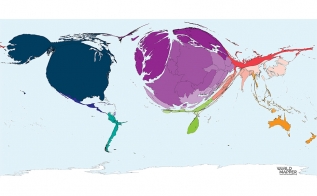
Description
Using the key indicator “infant mortality” (SDG 3.2) as a case study, the project investigates the relation between recent innovations in the field of identification technologies and the production of key development indicators in Ghana. The point of departure of the investigation is the current, digital “data revolution” of the Ghanaian population data system. With the aim of improving the timeliness and coverage of population data for internationally standardized reporting procedures (IAEG-SDG), Ghanaian policy makers integrate previously isolated, administrative population registers for new, interoperability-based applications. Through the lens of experts, infrastructures and devices involved in this transformation process, the project investigates how the new interoperability of data infrastructures allows classifying and, ultimately, quantifying previously inaccessible realms of life for the purpose of monitoring and controlling development dynamics. The project traces the data flows across the institutional boundaries of specialized statistical institutions to understand the processes of data editing, transmission, aggregation, visualization, and, ultimately, publication in the form of key development indicators.










